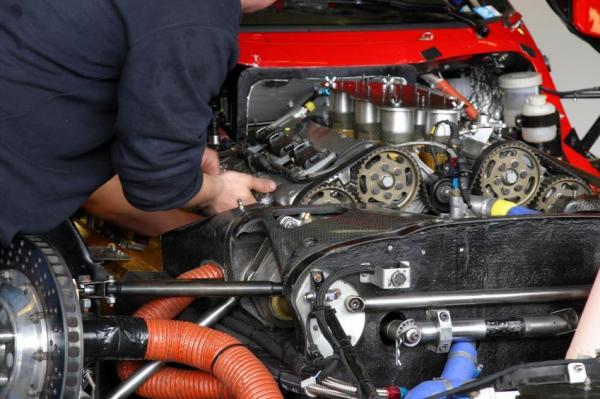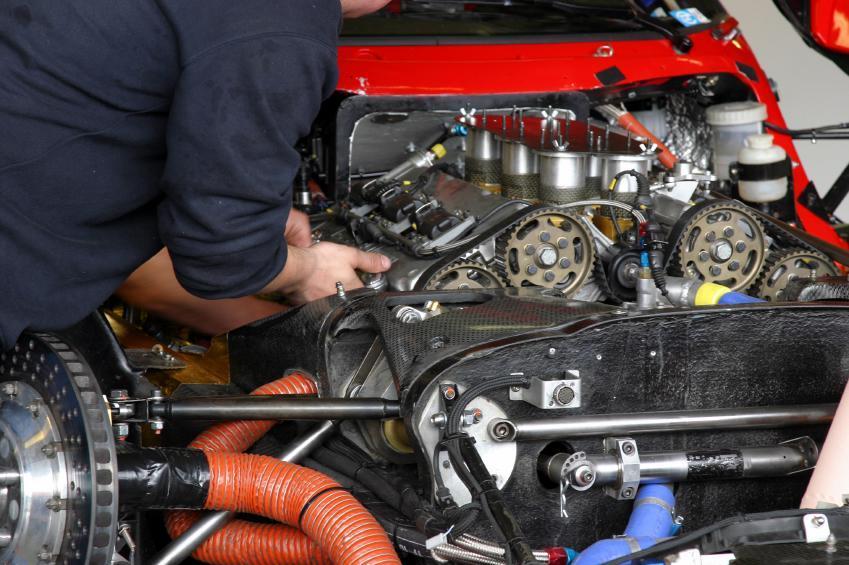How Does The Timing Belt Break


The timing belt is one of the basic parts that keeps all the components of the car engine moving in a synchronized way, ensuring that the valves and pistons are properly coordinated. If this part is damaged, you may find yourself facing a serious problem - replacing it is very complicated and requires many hours of work, leading to big bills at the mechanic's. At OneHowTo.com we can help you understand how the timing belt breaks.
Steps to follow:
In most cases, the timing belt breaks due to normal use, i.e., as a result of the natural wear that occurs during operation. If the manufacturer's maintenance instructions are followed, we can make sure that it doesn't snap prematurely and perhaps even extend its life, but there will always come a point where it breaks eventually.
A rough indication in kilometers for how long the timing belt lasts is around 95,000 kilometers (about 60,000 miles). Any further and something might happen to it. In any case, consult your vehicle guide as it varies depending on the model, and in most modern cars the timing belt usually lasts longer.
At OneHowTo we tell you when to change the timing belt.
One thing that often makes the timing belt break is making short journeys by car on a regular basis, or driving in very low temperatures or with a cold engine. For example, cars used for providing taxi services are at risk, as they are in use all day but make frequent stops. This means the engine is cold when the car drives off again.

The opposite situation - driving at very high speeds all the time - also causes the timing belt to break. So, in order to avoid damaging the timing belt as well as ensure your safety and that of other occupants on the road, you should drive moderately and respect speed limits.
There are circumstances that are out of your control that can lead to the timing belt breaking. For example, if you're forced to drive often on very dusty ground, the belt is more at risk of damage since a continuous excess of dust can have an adverse effect on this part of the car engine.
One tip is to change the timing belt as and when the manufacturer indicates. Otherwise, you risk the timing belt breaking as well as the possibility of other basic parts of your car engine failing at the same time.
In general, keep your car well maintained: it's a good investment that can save you trouble later and improve your safety on the road.
If you want to read similar articles to How Does The Timing Belt Break, we recommend you visit our Car Maintenance and Repair category.






